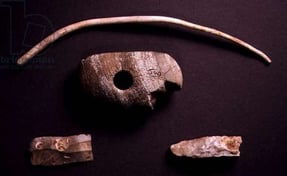 Anthropologists have uncovered Paleolithic grave sites which include tools, an ax, some clothing, and a pouch with berries and dried venison. Sites like these are scattered across Europe and Asia.
Anthropologists have uncovered Paleolithic grave sites which include tools, an ax, some clothing, and a pouch with berries and dried venison. Sites like these are scattered across Europe and Asia.
But they don’t make sense.
What’s to be gained by throwing away good food and valuable tools?
Why would undeveloped Neanderthals bury their dead with such ceremony?
Authors Adrian Gostick and Chester Elton from 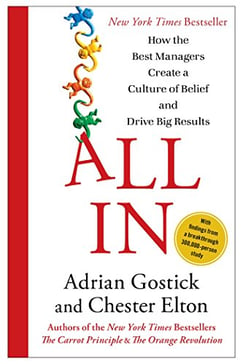 All In: How the Best Managers Create a Culture of Belief and Drive Big Results offer the best-educated guess: Early man wanted to help the departed meet whatever adventures lay ahead on the other side with weapons and food. It seems Neanderthals devised a system of thinking that assured them that death could be survived. They had come to trust their world was not chaotic but governed by a powerful force one could appeal to through pragmatic measures. This suggests that as soon as early men began to behave like human beings, they began to wonder about the mysteries of existence, try to make sense of the world around them, and form their own beliefs.
All In: How the Best Managers Create a Culture of Belief and Drive Big Results offer the best-educated guess: Early man wanted to help the departed meet whatever adventures lay ahead on the other side with weapons and food. It seems Neanderthals devised a system of thinking that assured them that death could be survived. They had come to trust their world was not chaotic but governed by a powerful force one could appeal to through pragmatic measures. This suggests that as soon as early men began to behave like human beings, they began to wonder about the mysteries of existence, try to make sense of the world around them, and form their own beliefs.
For thousands of years, our species has searched for meaning in being part of something bigger than ourselves. It is part of the human condition; we all want to be a contributing part of a community—whether civic, religious, ethnic, political, or social.
We all strive to believe in something.
What’s the implication?
There’s a path to a hidden reservoir of drive and dedication in your people, a process from which seeds of a strong culture can begin to grow.
The Belief Factor: The Secret Sauce That Makes a Culture Contagious
Belief at work is a choice.
 The first step to becoming a leader who can influence others to believe is to do something very un-manager-like: pause and think about human nature. Why do people believe in the things they do? And how can they be persuaded to change what they think?
The first step to becoming a leader who can influence others to believe is to do something very un-manager-like: pause and think about human nature. Why do people believe in the things they do? And how can they be persuaded to change what they think?
Leaders too often ask their people to agree with the strategies, policies, and goals of their culture without really knowing how to persuade them.
Have you ever heard someone say of a leader, “ they’d walk through walls for him/her!”
they’d walk through walls for him/her!”
Many organizations don’t understand the power of Purpose. Yet they probably have leaders in their organizations who instill this, “walk through walls” attitude, inspiration, and loyalty.
Unfortunately, when a leader like this walks out the door, his team’s loyalty, dedication, and determination usually leave with them.
Why Power
As we’ve shared in Willpower Rules Your Performance, willpower is finite. Why power breaks down walls, walks through walls, and gets shit done.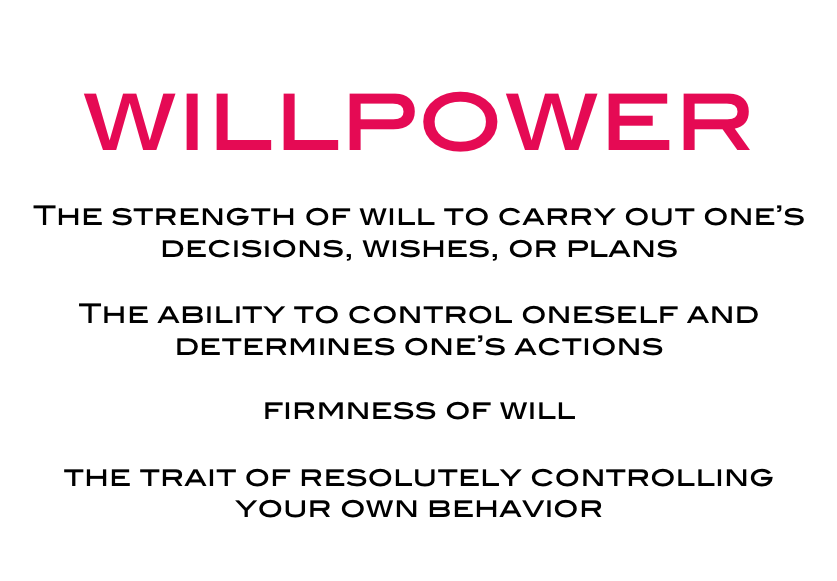
Purpose/Why Power is a force multiplier, an intangible factor increasing performance through inspiration.
Forget about willpower. It’s time for why-power.
Your choices are only meaningful when you connect them to your desires and dreams. The best leaders and organizations understand this.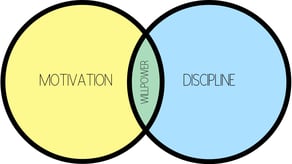
In a 2001 study by the University of California at Los Angeles’s Eric Flamholtz on a midsize industrial firm with twenty divisions all doing similar work. He discovered the departments whose behavior was most consistent with the company’s desired culture had a better financial performance. The lower-performing divisions did not have cultural buy-in. The findings for this $800 million firm were so striking the company immediately added “effective culture management” to every manager’s performance management system and bonus calculation.
The level and impact of just one manager might shock you.
Employees are more insistent than ever that their managers see into the future and do a decent job of addressing the coming challenges and capitalizing on new opportunities.
 All In: How the Best Managers Create a Culture of Belief and Drive Big Results shares, “the best cultures are places of truth, of constant communication, and of marked transparency. Managers in these cultures share even the hard truths with their employees as soon as they can, and they encourage debate even if it rattles harmony. They leave the “pillows” at home; in other words, they don’t soften the blows. Employees know that their managers will be truthful and direct, and that builds trust and a larger culture of openness. Partner with your talent. Great managers think differently about their employees. They believe their success is a direct result of their people’s unique ingenuity and talent, not their own brilliance…….they treat people like true partners and have a sincere desire to create opportunities for them to grow and develop—thereby retaining the best.
All In: How the Best Managers Create a Culture of Belief and Drive Big Results shares, “the best cultures are places of truth, of constant communication, and of marked transparency. Managers in these cultures share even the hard truths with their employees as soon as they can, and they encourage debate even if it rattles harmony. They leave the “pillows” at home; in other words, they don’t soften the blows. Employees know that their managers will be truthful and direct, and that builds trust and a larger culture of openness. Partner with your talent. Great managers think differently about their employees. They believe their success is a direct result of their people’s unique ingenuity and talent, not their own brilliance…….they treat people like true partners and have a sincere desire to create opportunities for them to grow and develop—thereby retaining the best.
Before employees will buy into a culture, they must be able to answer the WIIFM question: “What’s in it for me?”
In the highest-performing cultures, leaders not only create high levels of engagement—manifest in strong employee attachment to the company and a willingness to give extra effort—but they also create environments that support productivity and performance, in which employees feel enabled. And finally, they help employees feel a greater sense of well-being and drive at work; in other words, people feel energized.
Best Leaders Ask Two Questions
The best leaders regularly ask themselves two questions:
- “What do I have to do right now to help my people do their best?”
- “What should I not do right now to help my people do their best?”
E + E + E
Three ways employees must feel for you to have a true culture of belief: engaged, enabled, and energized.
Engaged. They understand how their work benefits the larger organization. Have a clear understanding of how they are responsible and accountable for real results. They can see the value of their contributions to the company’s larger mission.
Enabled. The company supports employees with the right tools and training. Leaders spend 75 percent of their time coaching and walking the floor to ensure that workers can navigate the demands of their jobs.
Energized. Leaders maintain feelings of well-being and high levels of energy through daily productivity contests, helping employees balance work and home life. They recognize individual contributions. At American Express, nearly 20,000 times a month employees are praised for effort or rewarded for results.
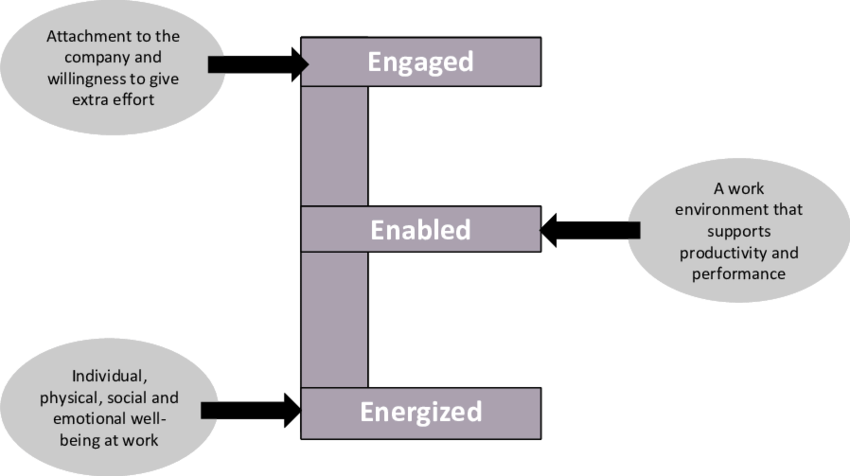 To create an environment where everyone is inspired to give their best, contact Positioning Systems today to schedule a free exploratory meeting.
To create an environment where everyone is inspired to give their best, contact Positioning Systems today to schedule a free exploratory meeting.
Growth demands Strategic Discipline.
 Fear is a greater diver than desire. Digital disruption influenced many companies to change. All In: How the Best Managers Create a Culture of Belief and Drive Big Results believes every business must create a “burning platform” to radically change its cultural behavior. Next blog we share what a burning platform is, and how to create it.
Fear is a greater diver than desire. Digital disruption influenced many companies to change. All In: How the Best Managers Create a Culture of Belief and Drive Big Results believes every business must create a “burning platform” to radically change its cultural behavior. Next blog we share what a burning platform is, and how to create it.
Building an enduring great organization requires disciplined people, disciplined thought, disciplined action, superior results, producing a distinctive impact on the world.
Discipline sustains momentum, over a long period of time, laying the foundations for lasting endurance.
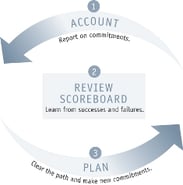 A winning habit starts with 3 Strategic Disciplines: Priority, Metrics, and Meeting Rhythms. Forecasting, accountability, individual, and team performance improve dramatically.
A winning habit starts with 3 Strategic Disciplines: Priority, Metrics, and Meeting Rhythms. Forecasting, accountability, individual, and team performance improve dramatically.
Meeting Rhythms achieve a disciplined focus on performance metrics to drive growth.
Let Positioning Systems help your business achieve these outcomes on the Four most Important Decisions your business faces:
|
DECISION |
RESULT/OUTCOME |
|
PEOPLE |
|
|
STRATEGY |
|
|
EXECUTION |
|
|
CASH |
|
Positioning Systems helps mid-sized ($5M - $250M+) businesses Scale-UP. We align your business to focus on Your One Thing! Contact dwick@positioningsystems.com to Scale Up your business! Take our Four Decisions Needs Assessment to discover how your business measures against other Scaled Up companies. We’ll contact you.
NEXT BLOG – Why – Your Burning Platform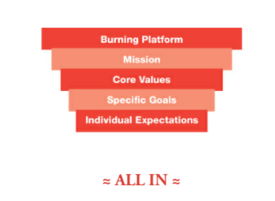






.jpeg?width=150&height=135&name=Hand%20with%20marker%20writing%20the%20question%20Whats%20Next_%20(1).jpeg)

